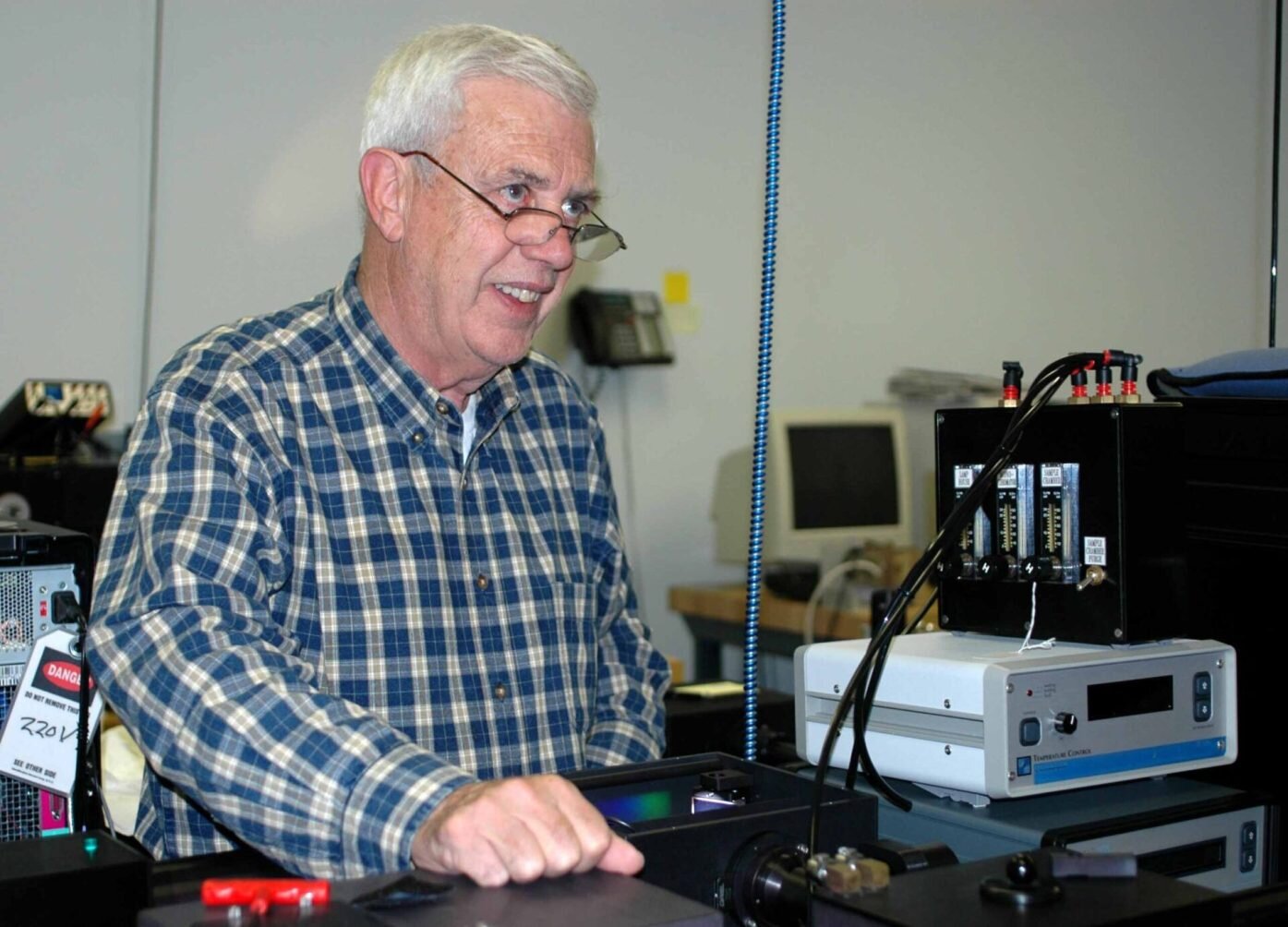A Biased View of Spectrophotometers
Table of ContentsThe 10-Minute Rule for Circular Dichroism7 Simple Techniques For Uv/vis/nirOur Uv/vis PDFsThe smart Trick of Spectrophotometers That Nobody is DiscussingNot known Details About Circular Dichroism

Although spectrophotometry is most typically applied to ultraviolet, noticeable, and infrared radiation, modern-day spectrophotometers can question large swaths of the electromagnetic spectrum, including x-ray, ultraviolet, noticeable, infrared, and/or microwave wavelengths. Spectrophotometry is a tool that hinges on the quantitative analysis of molecules depending on just how much light is soaked up by colored compounds.
The smart Trick of Uv/vis That Nobody is Talking About
A spectrophotometer is frequently used for the measurement of transmittance or reflectance of options, transparent or opaque solids, such as refined glass, or gases. Although lots of biochemicals are colored, as in, they absorb visible light and therefore can be measured by colorimetric procedures, even colorless biochemicals can frequently be converted to colored substances appropriate for chromogenic color-forming responses to yield substances suitable for colorimetric analysis.: 65 Nevertheless, they can likewise be created to measure the diffusivity on any of the noted light varieties that normally cover around 2002500 nm utilizing various controls and calibrations.
An example of an experiment in which spectrophotometry is used is the decision of the equilibrium constant of an option. A particular chemical reaction within a solution may happen in a forward and reverse instructions, where reactants form items and items break down into reactants. Eventually, this chain reaction will reach a point of balance called a balance point.
Some Ideas on Circular Dichroism You Should Know
The quantity of light that goes through the solution is a sign of the concentration of certain chemicals that do not enable light to go through. The absorption of light is due to the interaction of light with the electronic and vibrational modes of molecules. Each kind of particle has a specific set of energy levels connected with the makeup of its chemical bonds and nuclei and hence will soak up light of specific wavelengths, or energies, leading to unique spectral residential or commercial properties.
Using spectrophotometers spans numerous clinical fields, such as physics, products science, chemistry, biochemistry. circularly polarized luminescence, chemical engineering, and molecular biology. They are commonly used in many markets consisting of semiconductors, laser and optical production, printing and forensic assessment, as well as in labs for the study of chemical compounds. Spectrophotometry is often used in measurements of enzyme activities, determinations of protein concentrations, decisions of enzymatic kinetic constants, and measurements of ligand binding reactions.: 65 Eventually, a spectrophotometer is able to figure out, depending on the control or calibration, what compounds are present in a target and precisely how much through computations of observed wavelengths.
This would come as a service to the previously created spectrophotometers which were unable to soak up the ultraviolet properly.
Fascination About Spectrophotometers
It would be discovered that this did not offer acceptable results, therefore in Model B, there was a shift from a glass to a quartz prism which enabled much better absorbance outcomes - circularly polarized luminescence (http://go.bubbl.us/df2308/dba3?/New-Mind-Map). From there, Model C was born with an adjustment to the wavelength resolution which wound up having three units of it produced
It was produced from 1941 to 1976 where the price for it in 1941 was US$723 (far-UV accessories were an option at click resources additional cost). In the words of Nobel chemistry laureate Bruce Merrifield, it was "probably the most essential instrument ever established towards the development of bioscience." Once it became stopped in 1976, Hewlett-Packard created the very first commercially available diode-array spectrophotometer in 1979 referred to as the HP 8450A. It irradiates the sample with polychromatic light which the sample soaks up depending upon its homes. Then it is transferred back by grating the photodiode variety which discovers the wavelength region of the spectrum. Ever since, the creation and application of spectrophotometry gadgets has increased exceptionally and has actually turned into one of the most innovative instruments of our time.

The Of Spectrophotometers
Historically, spectrophotometers use a monochromator including a diffraction grating to produce the analytical spectrum. The grating can either be movable or repaired. If a single detector, such as a photomultiplier tube or photodiode is used, the grating can be scanned step-by-step (scanning spectrophotometer) so that the detector can measure the light intensity at each wavelength (which will correspond to each "step").
In such systems, the grating is fixed and the strength of each wavelength of light is measured by a different detector in the selection. Additionally, most modern mid-infrared spectrophotometers utilize a Fourier transform strategy to get the spectral details - https://www.pearltrees.com/olisclarity1#item574664694. This method is called Fourier transform infrared spectroscopy. When making transmission measurements, the spectrophotometer quantitatively compares the portion of light that goes through a reference service and a test service, then digitally compares the intensities of the two signals and computes the percentage of transmission of the sample compared to the reference standard.
